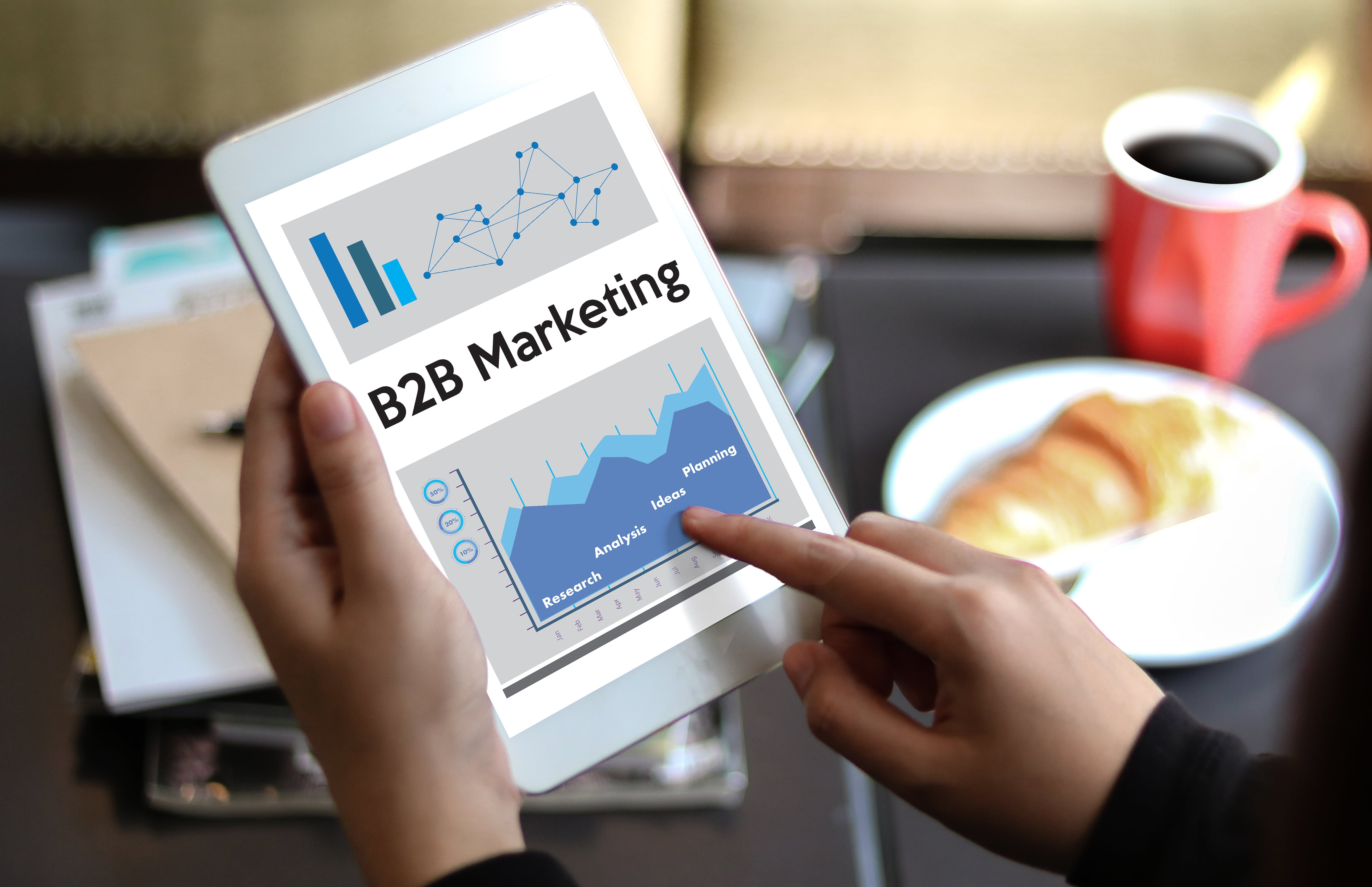 Reading Time: 3 minutes
Reading Time: 3 minutesB2B owners view AdWords suspiciously. Done incorrectly, AdWords is just like any other advertising venue, an easy place to lose money. Most businesses don’t use AdWords effectively. They find it challenging to figure out which terms to target for conversion. A goldmine of convertible users awaits B2B marketers that figure AdWords out. Read on for tips on turning AdWords into a B2B marketing win for your company.
- Start with Negative Keywords
Begin with focusing on keywords that work for your company. Ask the question, ‘What words triggered my ads?’ You will find the answers using a Search Terms report, which enables you to cut out negative keywords.
Focus on two categories; irrelevant searches and unqualified traffic. If you use a broad term, people conducting searches may stumble across your ad, costing you a placement without any return on your investment. Avoid non-specific terms (like butter when you are selling cocoa butter) to prevent irrelevant searches eating up your budget.
Some people search for terms that are relevant, but they won’t spend money on your product. Prevent unqualified traffic like this by using terms that will exclude these searchers (e.g., eBay, Craigslist, Groupon, etc., to exclude bargain shoppers). Make use of the Keyword Planner to help fine-tune your campaign.
- Remarket Strategically
Target your audience with the value you offer (e.g., show discounts or coupons to users that left their cart full). Be sure to capitalize on customers already in your conversion funnel before they get away.
Don’t oversaturate a market. Targeting a customer with an extended campaign could drive them away. Keep in mind the 4 C’s of remarketing: content, cookie duration, creative and context.
Time-delayed targeting can reduce customer fatigue. Space timers or locators and quick or slow timers can hit your audience at a chosen time on the platform of your choice to gain a conversion. Offer fresh ads in a sequential order that builds on your message with each contact point.
Remember, good returns can be found using smart remarketing, leading to a frictionless conversion.
- Use Gmail to Target Competitors’ Customers
Many AdWords campaigns neglect Gmail, forgetting to target its one billion plus userbase. Your competition’s customers are hiding there, just waiting for you to pick them off.
Target this goldmine using ads related to visited websites or particular domains. Think about Facebook and those Amazon ads that show products you recently viewed.
Set audience targeting to make sure your ad is shown, with special focus on performance or specific segments. Choose a daily limit-per-user for impressions (e.g., 3-5). Be creative; this is a crucial factor in all campaigns.
You can also use keyword targeting. Keep on top of keyword performances, focusing on winners and pausing losers. Use your own domain or brands to maximize performance potential.
This approach may come with a high cost-per-acquisition so determine the potential lifetime value for a particular customer before deciding on your bid. Be sure to review the metrics Gmail Ads offers to help you determine future steps or demonstrate how the campaign went with a client.
- Target Competitor Keywords
Another approach is to attack competitor keywords in search portals. Expect this strategy to result in low quality scores, with the best scores reaching 5/10 when you use product-specific keywords. These scores will lead to high cost-per-click and poor ad ranks, thereby limiting your overall reach. Capitalizing on a competitor’s brand is complicated, so plan accordingly.
Start by choosing the right keywords. Make this list as detailed and thorough as your own keyword set. Don’t just target the brand name. Expand to include other specific queries related to the brand.
Target customers that just visited competitors’ sites or who just visited your own and are now shopping for better deals.
Be sure to use relevant content for your ads and the specific term. Search engines will block misleading ads or ones that pretend to be another company. Using a competitor’s brand name for keyword bids is allowed. Restrictions apply to placing the brand name in your ad text. An ad that does this will be removed.
- Use Extensions to Win Free Ad Space
Extensions grant you the ability to use real estate for free, can increase click-through rate by as much as 15%, and boost your quality score. Extensions augment your selling proposition with snippets of information. This can create a larger ad that dominates a mobile screen, as an example.
When done correctly, Google AdWords stands out among B2B marketing tools. Implementing these 5 steps will allow you to boost ad efficiency overnight. The changes are simple and require only minor adjustments to active campaigns. Targeting your adverts at an audience ready to buy what you’re selling is within your grasp.
At Vizion Interactive, we have the expertise, experience, and enthusiasm to get results and keep clients happy! Learn more about how our status as a Google Partner, along with our PPC Management, Google Shopping Ads, Social Media Advertising, Amazon Advertising, and other Paid Media services can increase sales and boost your ROI. But don’t just take our word for it, check out what our clients have to say, along with our case studies.




